A Guide to Non-Venomous Snakes
The world of snakes is a tapestry woven with a myriad of species, each unique in its appearance, behavior, and habitat. While venomous snakes often capture attention, the non-venomous counterparts play an equally crucial role in maintaining ecological balance. Let’s embark on a journey through the fascinating realm of non-venomous snakes, exploring the diverse species that inhabit various corners of the globe.
I. Garter Snake (Thamnophis spp.):

1. Appearance:
- Garter snakes are known for their slender bodies and vibrant colors, often featuring stripes along their length.
- Sizes vary, with some species reaching lengths of up to four feet.
2. Distribution:
- Widely distributed across North America, garter snakes inhabit diverse ecosystems, including grasslands, woodlands, and wetlands.
3. Behavior:
- Garter snakes are proficient swimmers and climbers, displaying a range of behaviors from basking in the sun to hunting for amphibians and small fish.
II. Corn Snake (Pantherophis guttatus):

1. Appearance:
- Named for its resemblance to the maize pattern, the corn snake boasts vibrant colors and distinctive markings.
- Adults can reach lengths of 3 to 5 feet.
2. Distribution:
- Native to the southeastern United States, corn snakes thrive in a variety of habitats, including forests, grasslands, and barns.
3. Behavior:
- Corn snakes are known for their docile nature, making them popular choices as pets. They are skilled climbers and nocturnal hunters.
III. Rat Snake (Elaphe spp.):
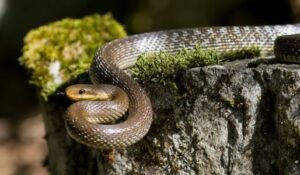
1. Appearance:
- Rat snakes exhibit a range of coloration and patterns, often featuring elongated bodies and keeled scales.
- Sizes can vary significantly, with some species exceeding six feet in length.
2. Distribution:
- Found in diverse habitats globally, rat snakes are present in North America, Europe, Asia, and Africa.
3. Behavior:
- Rat snakes are constrictors that feed on rodents, birds, and eggs. They are adept climbers and may be found in trees, barns, or rocky outcrops.
IV. King Snake (Lampropeltis spp.):

1. Appearance:
- King snakes showcase bold patterns of bands or speckles, often resembling venomous coral snakes.
- Sizes range from 1 to 6 feet, depending on the species.
2. Distribution:
- Native to North and Central America, king snakes inhabit diverse environments, including forests, deserts, and grasslands.
3. Behavior:
- King snakes are renowned for their immunity to venom and are known to consume other snakes, including venomous species.
V. Hognose Snake (Heterodon spp.):

1. Appearance:
- Hognose snakes have distinct upturned snouts, earning them their name. They exhibit a range of colors and patterns.
- Sizes vary, with some species reaching lengths of up to three feet.
2. Distribution:
- Native to North America, hognose snakes inhabit sandy or grassy habitats and are known for their burrowing tendencies.
3. Behavior:
- Hognose snakes are renowned for their elaborate defensive behaviors, including feigning death and hissing loudly. They primarily feed on amphibians and small reptiles.
VI. Ribbon Snake (Thamnophis sauritus):
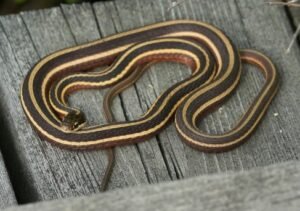
1. Appearance:
- Ribbon snakes closely resemble garter snakes, featuring long, slender bodies with distinct stripes.
- Lengths typically range from 1 to 2 feet.
2. Distribution:
- Native to North America, ribbon snakes are commonly found near water sources such as ponds, streams, and wetlands.
3. Behavior:
- As semi-aquatic snakes, ribbon snakes are agile swimmers and skilled hunters of amphibians and small fish.
Conclusion:
In conclusion, non-venomous snakes encompass a rich tapestry of colors, patterns, and behaviors, contributing to the intricate web of life in diverse ecosystems. These remarkable serpents, often misunderstood or overlooked, play crucial roles as predators, pest controllers, and vital components of their respective habitats. Embracing the diversity of non-venomous snakes fosters a deeper appreciation for the delicate balance of nature, where each species plays a unique part in the grand symphony of life.
Learn more about Snakes mate.

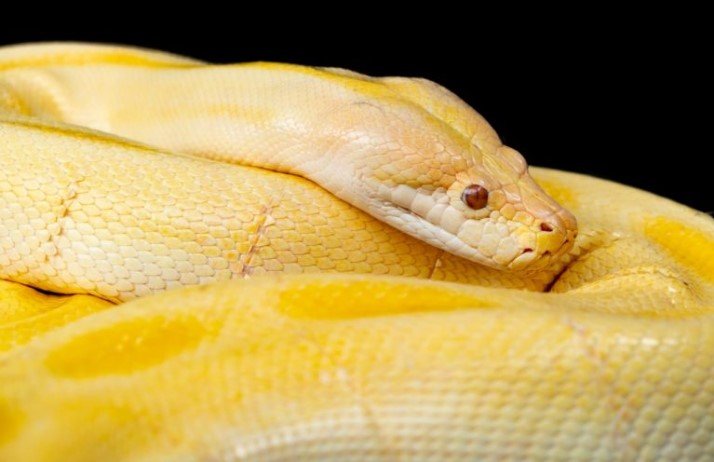
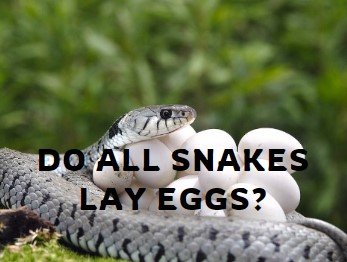
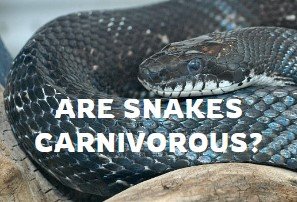

Leave a Reply